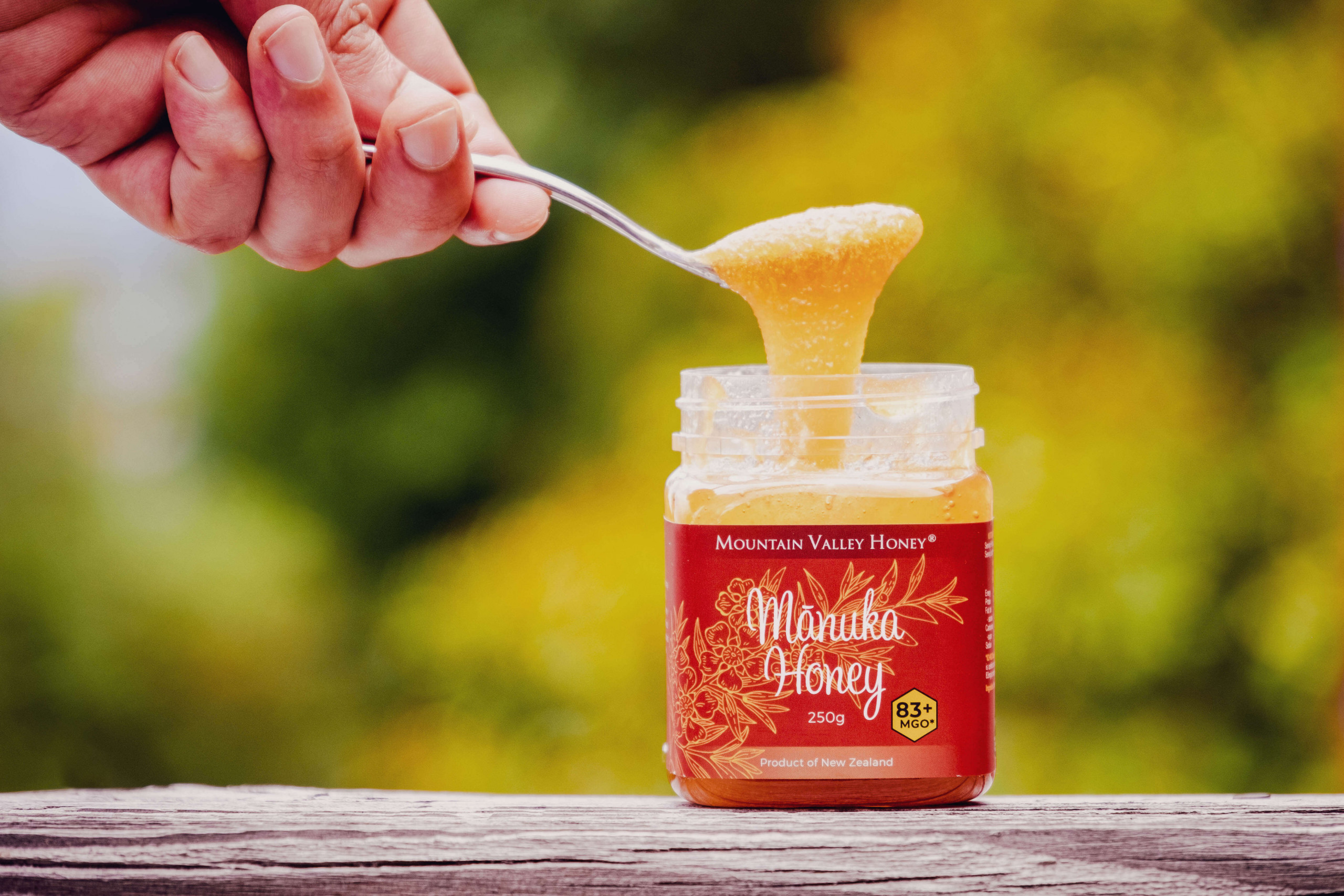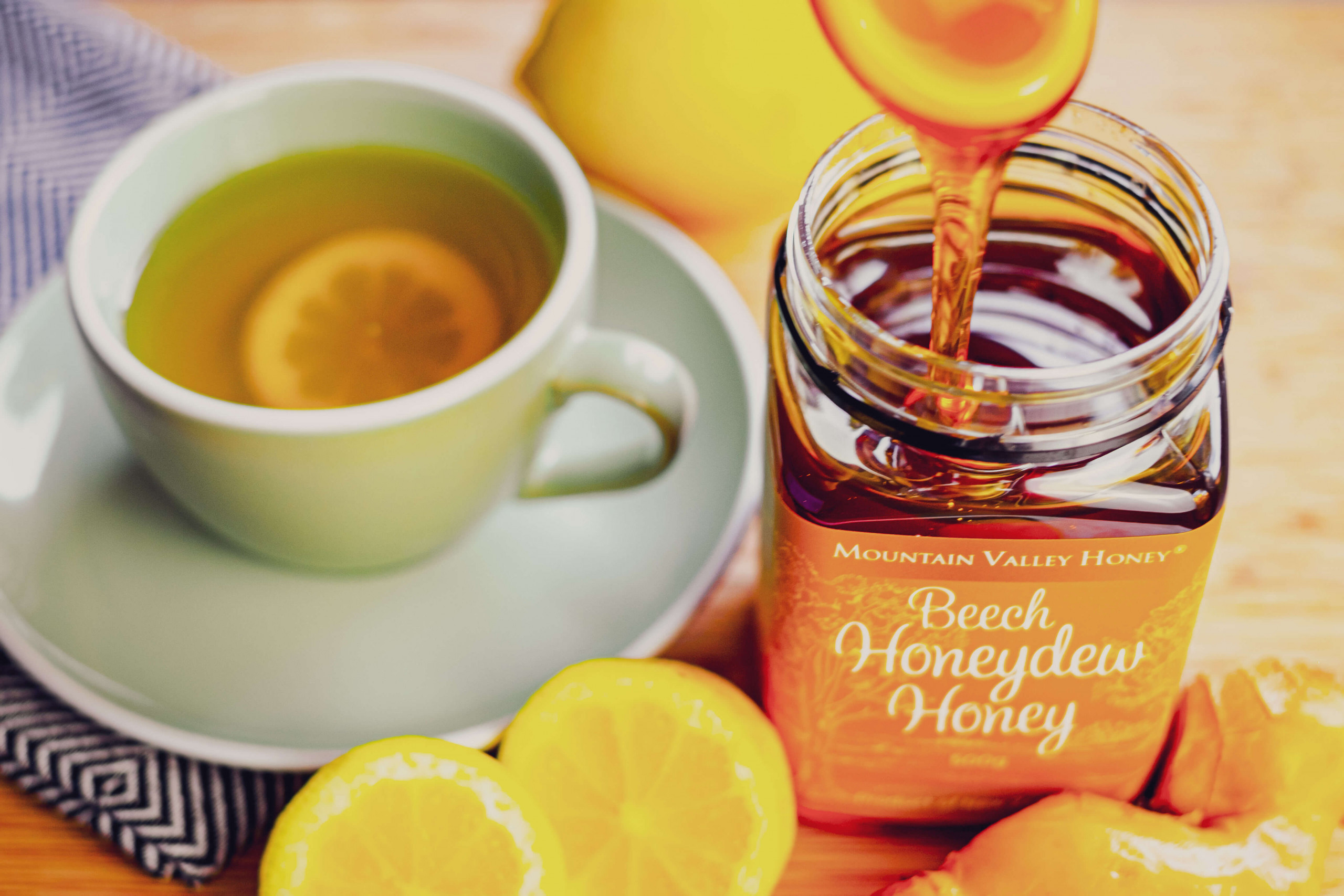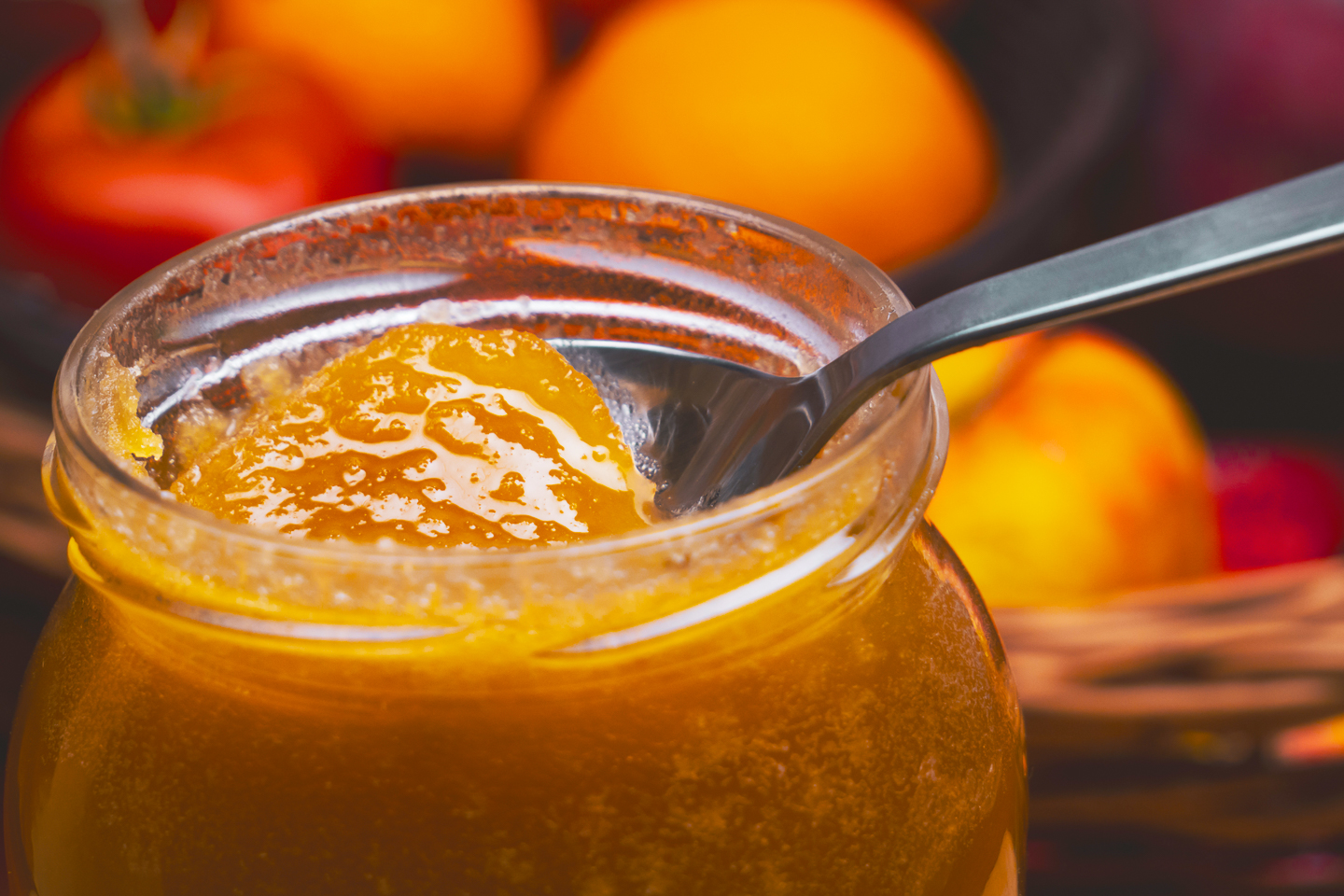10 Plants Bees Love – that will make your Spring and Summer Garden Dazzle!
Helping make the world a better place can be as simple as planting a flower or vegetable. Bees love to forage; they are always on the lookout for nectar-rich flowers. You don’t need a prepackaged wildflower mix to enhance your garden for the bees. There are lots of everyday plants that will entice bees into even the smallest garden.
It turns out that feeding the bees has wonderful benefits for us humans, too. We’ve chosen ten plants that bees adore, which you will love having in your garden.
1. Rosemary

Bees love this versatile, easy growing plant that flowers from winter to summer. Commonly grown as a shrub or a hedge, Rosemary has brilliant blue flowers that are particularly attractive to bees and has an aromatic smell. Add to your cooking for a flavour boost; Rosemary is especially complimentary with lamb dishes.
2. Lavender

The purple Lavender flower, full of nectar and pollen is a real favourite of the bees. Planting Lavender in a cluster or group gives your garden a burst of colour and a heavenly scent during the winter months. Freshly picked as an arrangement or dried to make scented bags, let the wonderful smell of Lavender fill your home.
3. Borage

Bees and Borage are best friends! This beautiful, easy growing plant with bright blue flowers is a must in any bee-friendly garden. Known as a medicinal herb with edible leaves and flowers, Borage has been used for centuries to treat illness and is even grown by beekeepers to encourage honey production. The borage leaves add texture and flavour to dishes like salads and soups, with the flowers an edible decoration to birthday cakes or fancy drinks.
4. Basil

Basil is a highly aromatic herb that grows very well in pots on the window sill or in a garden during the hot, dry heat of summer. If you leave your basil plant to flower, small white to light purple tubular-shaped flowers will appear, attracting foraging bees for both nectar and pollen. Used widely in Italian recipes or freshly chopped, basil transforms simple dishes into culinary delights.
5. Native Hebe

One of New Zealand’s largest families of shrubs, Hebes are a real favourite of the bees. With more than 100 different varieties to choose from, Hebes flower for extended periods. That means they don’t just look great in your garden for a long time; their nectar is also magic for bees when foraging gets a little harder.
6. Marigold

Planting Marigolds in your garden next to your vegetables can be very beneficial for pollination of your crops, as well as adding a boost of colour. This bright gold flower is a good source of pollen and irresistible to foraging bees, while also driving off those nasty plant damaging bugs.
7. Sunflowers

Sunflowers are giant, brightly coloured plants which remind us of hot summer days. Sunflowers are the show-offs in the garden and look beautiful when lined up in a row, with large flower heads they are an excellent source of nectar and pollen for bees. Dried Sunflower seeds add texture and crunch to your dishes and are a nutritional snack for kids’ lunchboxes.
8. Chives

With edible violet flowers, Chives are quickly grown in pots or a garden. Bees are attracted to the chive flower as it’s an easy supply of nectar. Freshly chopped chives look and taste great when added to dishes like omelettes or sprinkled on top of a baked potato with a dollop of sour cream.
9. Pumpkin

A fast-growing, ground cover that supplies bees with both nectar and pollen. Bees adore the bright yellow pumpkin flowers, which are an excellent source of food for them. Pumpkins are not only exciting to grow; they store well. What is better than a bowl of hearty pumpkin soup in the cold months of winter?
10. Lemon Tree

Careful selection of lemon varieties, for example, the Meyer lemon which flowers all year round, will keep your local bee population and household well fed. Lemon trees can be grown in pots or as shrubs in the garden, and the delicate white flowers not only look great but attract foraging bees as well. Lemons have an evocative scent and sliced into wedges make a refreshing accompaniment to cool summer drinks.
Why plant for bees?
If you’re planting a bee-friendly garden, you will not only be benefiting your local bee population with an excellent source of food in one spot. You will also be supplying your household with some added food options throughout the spring and summer seasons.
Planning a bee-friendly garden is a wonderfully rewarding experience; the bees and environment will love you, and your garden will be a visual array of colour and tastes all year round.
This has been featured by Twinkl among their top tips for Starting a Kids-friendly Vegetable Garden


